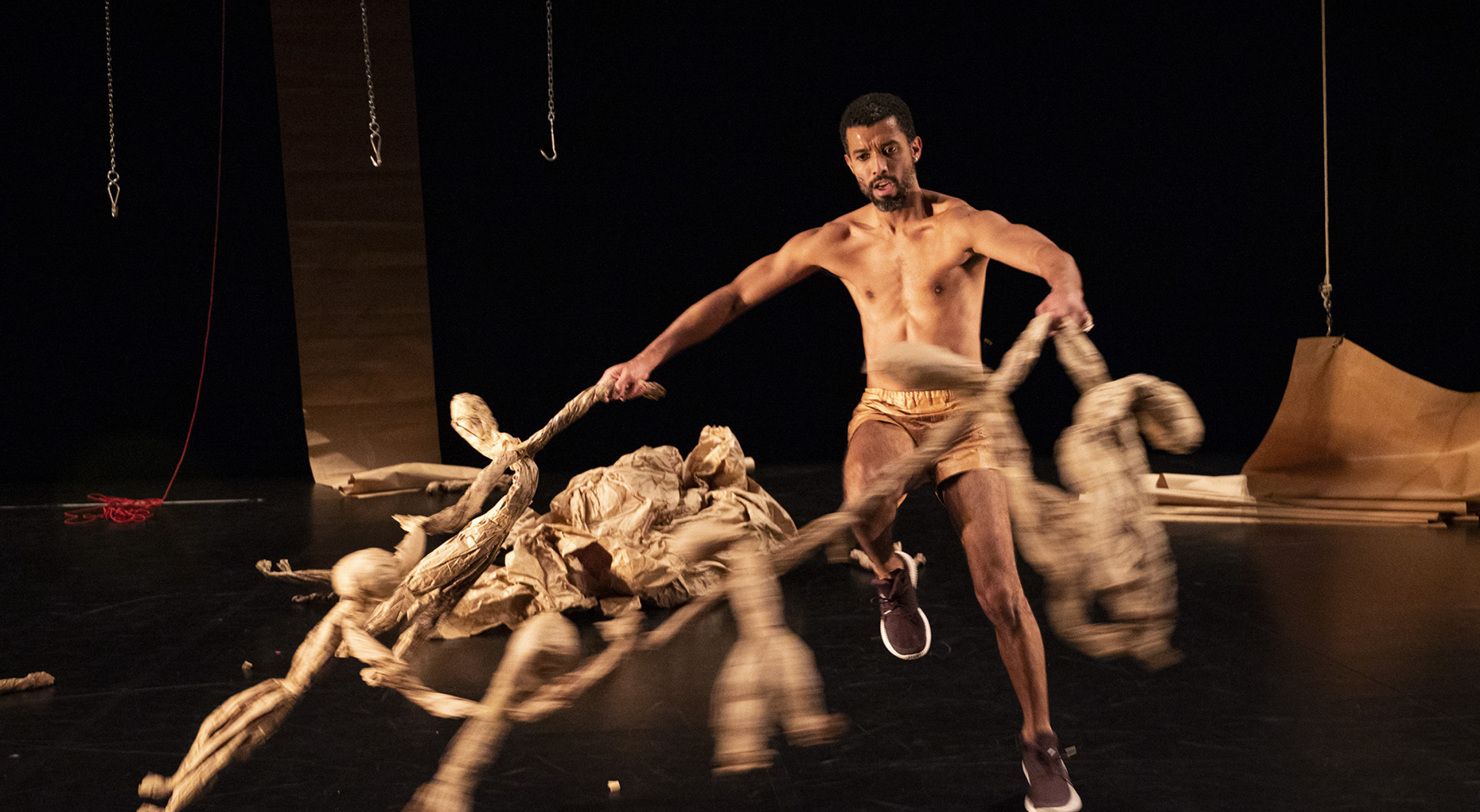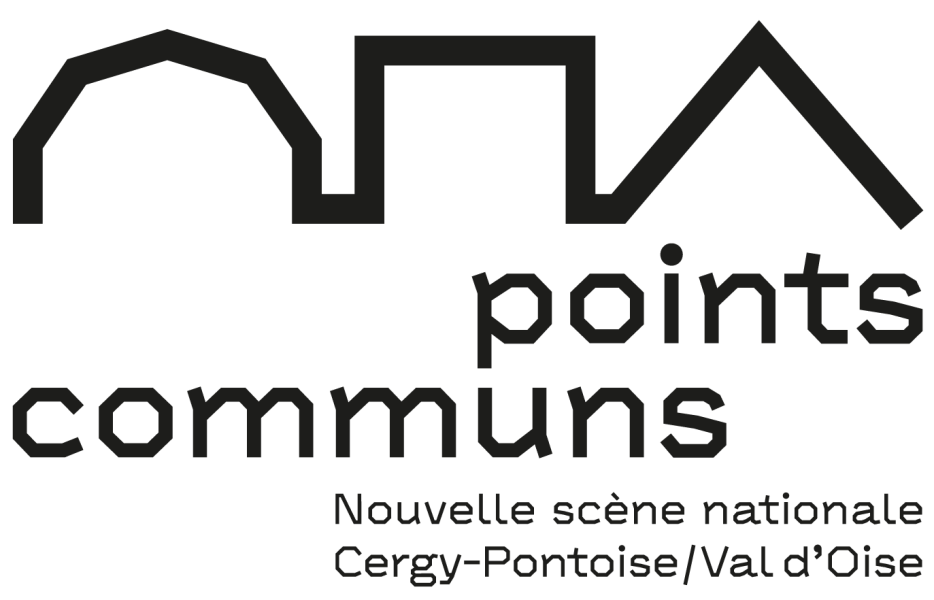Calixto Neto
IL FAUX
decemberdec 3 – 5
Choregraphy and interpretation Calixto Neto. Artistic collaboration Ana Laura Nascimento, Carolina Campos. Artistic advisor Luiz de Abreu. Lighting design Eduardo Abdala. Sound design Chaos Clay. Set and costumes Rachel Garcia. Vocal coaching Dalila Khatir. Stage management on tour Marie Prédour. Stage management during creation Emmanuel Fornès. Sound and stage management on tour Marie Mouslouhouddine. Administration, production and diffusion Julie Le Gall.
Delegated production VOA I Calixto Neto
Production Bureau Cokot – Julie Le Gall – Technical direction Emmanuel Fornès
Coproduction Kunstenfestivaldesarts (Bruxelles) ; Charleroi danse – Centre chorégraphique de la Fédération Wallonie-Bruxelles ; CND Centre national de la danse ; ICI – Centre chorégraphique national Montpellier-Occitanie Pyrénées Méditerranée, dans le cadre des Par/ICI ; Theater Freiburg ; CCN Ballet national de Marseille dans le cadre de l’accueil-studio – ministère de la Culture ; Centre chorégraphique national de Caen en Normandie, dans le cadre de l’accueil-studio – ministère de la Culture ; CNDC Angers ; Centre chorégraphique national d’Orléans ; Festival d’Automne à Paris
With the support of the Villa Albertine in partnership with The French Embassy in the United States and the Teatro Municipal do Porto Rivoli – Campo Alegre
Acknowledgements to Marlla Araujo and Jaqueline Elesbão, Dai Ciríaco
Meet the artists
Wednesday 4 December, after the performance.
Conversation with Calixto Neto
Discussion on the colonial and racial history of Latin America in the presence of the artist, dates and times to be announced.
See more
Starting with the initial premise that a black body is by its very nature exposed to the danger of expropriation, or that of being stolen from itself, Calixto Neto tries to resist against exterior control and the risk of annihilation. In this exercise in ventriloquism, the Brazilian choreographer searches for the words with which to write dance.
Does a black body really belong to itself? By posing this question in an up-front way, in IL FAUX, Calixto Neto, highlights the systemic threat posed to racialized and minority bodies, thereby questioning the danger and violence that the contemporary world offers them, and the way in which this historical heritage is passed on. The history of the body that he constructs and which unfurls onstage is thus that of a process of “debodying”, as he calls it, and which propels him into a strange undertaking, that of self-fabrication. How can we respond to our own loss? Via resistance no doubt, perhaps through compensation, but definitely through dance. For Calixto Neto, only the affirmation of a vital life-force is sufficient enough to oppose the forces of negation of which the black body is the object and which attempt, from the outside, to take control of. As a moving target and puppet, the artist makes use of a ventriloquism mechanism which throws the regime of his own identification into disarray. Placing himself between spoliation and fictionalization, he looks into words as a means of expression and into language as means of consolation, with no guarantee of managing to do so.
In the same place

